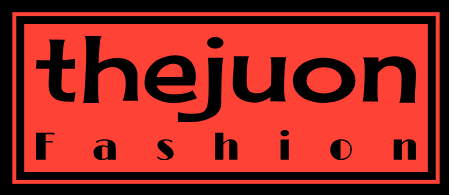The Power of a Digital Portfolio in Fashion
In today’s hyper-competitive fashion industry, a strong digital presence is no longer a luxury—it’s a necessity. A well-crafted digital portfolio serves as your calling card, showcasing your skills, creativity, and unique style to potential employers, clients, and collaborators. Gone are the days of relying solely on physical portfolios; a digital portfolio offers accessibility, flexibility, and a platform to present your work in the most visually compelling way possible.
Choosing the Right Platform: Website vs. Social Media
The choice between a dedicated website and leveraging social media platforms depends on your individual needs and target audience. A personal website offers complete control over branding and design, allowing for a curated presentation of your best work. However, it requires more effort in terms of website creation and maintenance. Social media platforms, on the other hand, offer built-in audiences and ease of sharing, but can be less controlled in terms of aesthetic consistency and brand messaging. Many successful fashion professionals utilize a combination of both, using a website as their primary portfolio and supplementing it with targeted social media presence.

Crafting a Visually Stunning Showcase
The visual appeal of your digital portfolio is paramount. High-quality images and videos are crucial. Invest in professional photography or videography to capture your work in its best light. Consider the overall aesthetic—does it reflect your personal brand and target market? A consistent color palette, typography, and layout will create a cohesive and professional impression. Think about incorporating interactive elements, such as animations or slideshows, to enhance engagement and showcase your creativity.
Content is King: Showcasing Your Best Work
Your portfolio should strategically showcase your strongest pieces. Don’t simply dump all your work into the portfolio; curate a selection of your best designs, sketches, mood boards, and any relevant project details. Organize your work into clear categories, such as “Apparel Design,” “Textile Design,” “Styling,” or “Photography,” depending on your specialization. For each project, provide a concise description outlining the inspiration, design process, and final outcome. If applicable, include client testimonials or links to publications featuring your work.
Beyond the Visuals: Telling Your Story
Your portfolio shouldn’t just be a display of your work; it should tell your story. Include a brief “About Me” section that highlights your skills, experience, and aspirations. This allows potential clients and employers to connect with you on a personal level and understand your unique perspective. Incorporate a consistent brand voice throughout your portfolio to create a strong and memorable impression.
Staying Updated and Adaptable
The fashion industry is constantly evolving, and your digital portfolio should reflect that. Regularly update your portfolio with new projects and relevant achievements. Stay on top of emerging trends in digital design and adapt your portfolio’s layout and functionality accordingly. Consider incorporating features like a contact form or a blog to further enhance engagement with your audience.
SEO Optimization for Maximum Reach
While a visually appealing portfolio is essential, it’s crucial to make it easily discoverable. Optimize your website or social media profiles for relevant keywords so potential clients and employers can find you through online searches. Use descriptive image alt text, optimize your website’s metadata, and consider using social media hashtags to improve searchability.
Networking and Collaboration Opportunities
A well-crafted digital portfolio isn’t just about showcasing your work; it’s about building connections. Use your portfolio as a tool to network with other professionals in the industry. Share your portfolio link on your social media profiles, and actively engage with other designers, stylists, and photographers. Collaborations and networking opportunities often stem from showcasing your work effectively online.
Measuring Success and Iteration
Regularly analyze your portfolio’s performance using analytics tools (if applicable). Track website traffic, social media engagement, and any inquiries or collaborations resulting from your portfolio. Use this data to refine your portfolio, improve its content, and adapt your strategy to better connect with your target audience. Remember, creating a successful digital portfolio is an ongoing process of refinement and adaptation. Click here to see the digital fashion portfolio.

